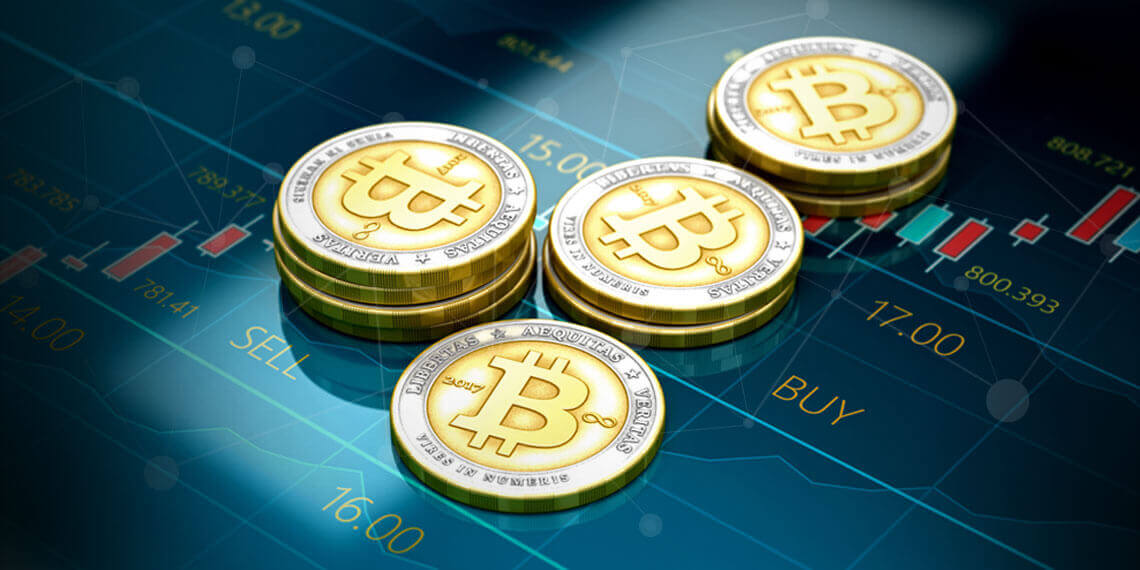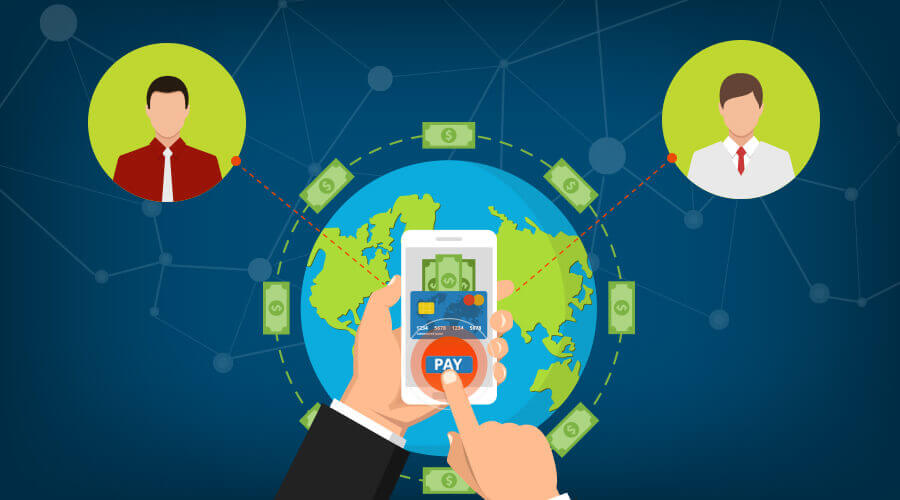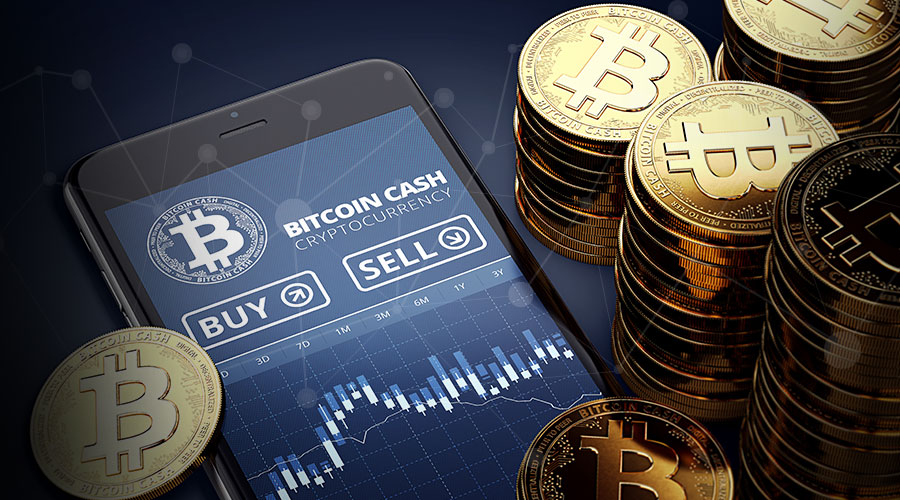CFDs are complex instruments and come with a high risk of losing money rapidly due to leverage. 77% of retail investor accounts lose money when trading CFDs with this provider. You should consider whether you understand how CFDs work and whether you can afford to take the high risk of losing your money.
The Origins of the Digital Currency: A Beginning of a Long New Road

Learn Forex Trading
In recent times, especially after the 2008 financial crisis, we all became more familiar with financial terms such as “bail-in” and “bailout” and those of us who are not economists realised that the heart of a country’s economy beats in its local financial institutions and banks. Hence, the wellbeing of banks is directly analogous to the “health” of a nation’s economy. All financial transactions are routed through the banks, which act as “middle men” between the customer and the merchant. They have the infrastructure to do so, and they are considered a trusted third party that carries out most financial “give and takes”. Trust is key when it comes to financial online payments, as all parties wish to avoid, or at least minimise, disputes and fraud.
Traditional Trust

The system works fairly well even though disputes and fraud arise. The banks settle disputes and, where necessary, they reverse transactions in order to “award justice”, even though the corresponding service may not be completely reversible. This incurs costs to the merchants, who are then “forced” to be more selective with online payments and require more client information to make sure they receive their payment. As a result, additional work, time and expertise is needed compared to when you deal with cash and paper money payments. This translates to increased costs that merchants roll down on to the consumer. Small transactions may be deemed unworthy due to the costs involved resulting in lost opportunities. Additionally, fraud may not be 100% recoverable. Infrastructure, expertise, disputes and fraud inflate the transaction costs that are then also rolled back to the consumer.
The importance of trust gives financial institutions a very big business advantage, and this is, in turn, manifested into transaction fees.
A New Kind of Trust

What if an electronic online payment system existed that would enable two parties such as merchants and consumers to transact directly without the need of financial institutions – without the need of “trusted” third parties like banks?
This technology has existed for many years and is known as a peer-to-peer (P2P) network. In its simplest definition, P2P means two or more computers connected together and sharing resources, files and all sorts of other data. We all know about movie, music and video torrents that are downloaded and shared on the internet. It has become a commonality among the younger generation, and has attracted a lot of discussions about the ethics of file sharing.
Peer-to-peer networks are fault-tolerant. They were initially designed for the purpose of transmitting military messages without being affected by human, natural or technical disasters.
The main feature of P2P networks is that they are autonomous, without a centralised authority or regulatory body monitoring, facilitating or controlling the transactions.
A new computer may plug into the network anytime, and any computer may leave the network at any time, without affecting overall operations.
If Alice wanted to send a payment of €10 to Bob, she would simply send the digital file containing the payment to Bob, directly. Since we are discussing online payments, everything translates to 0s and 1s, to bits, and digital files stored on someone’s computer.
Double Spending

P2P technology has been available since 1967 (ARPANET), before the official appearance of the Internet, so why has it been so difficult for an autonomous online payment system to emerge? What could stop Alice from sending a payment file to Bob? The answer is double spending.
Getting around the concept of double spending is critical to the success of the P2P system. Double spending occurs when a buyer, with a balance of only €100 in his account, copies the digital file representing the €100 euro and simultaneously sends the payment to two different merchants for the amount of €100 each.
Needless to say, the existing trust-models with financial institutions are designed to avoid double spending.
Bitcoin

In 2008, an individual (or group of individuals) named Satoshi Nakamoto made a proposition for a P2P cash payment system that solves the problem of double spending without relying on a central authority or “trusted” middle man. The name of this new payment system was Bitcoin, and Nakamoto suggested that each of these digital Bitcoins get registered in a public ledger that is stored in all participating computer, or nodes.
Once a bitcoin is spent, it would be marked as spent, and it would not be usable for more spending. No need for trusted parties in the middle, and no need for reversing transactions because once a transaction is confirmed, it cannot be reversed.
Digital signatures, transactional timestamping, cryptography and digital proof-of-work will do the “magic” for the new proposed system. They will ensure the integrity and authenticity of transactions.
Conclusion
This vision of a new and decentralised digital currency system by Satoshi Nakamoto was a direct response to the financial crisis of 2008, when a lot of people lost trust in financial institutions. Nakamoto’s proposal laid down all the details on how this new cryptocurrency system would work in terms of bypassing the existing banking system, the inherent restrictions and costs associated with it, what it means for account and transaction privacy, and, of course, the solution to the double spending problem.
Disclaimer: This written/visual material is comprised of personal opinions and ideas. The content should not be construed as containing any type of investment advice and/or a solicitation for any transactions. It does not imply an obligation to purchase investment services, nor does it guarantee or predict future performance. FXTM, its affiliates, agents, directors, officers or employees do not guarantee the accuracy, validity, timeliness or completeness of any information or data made available and assume no liability for any loss arising from any investment based on the same.
Risk Warning: There is a high level of risk involved with trading leveraged products such as forex and CFDs. You should not risk more than you can afford to lose, it is possible that you may lose more than your initial investment. You should not trade unless you fully understand the true extent of your exposure to the risk of loss. When trading, you must always take into consideration your level of experience. If the risks involved seem unclear to you, please seek independent financial advice.
